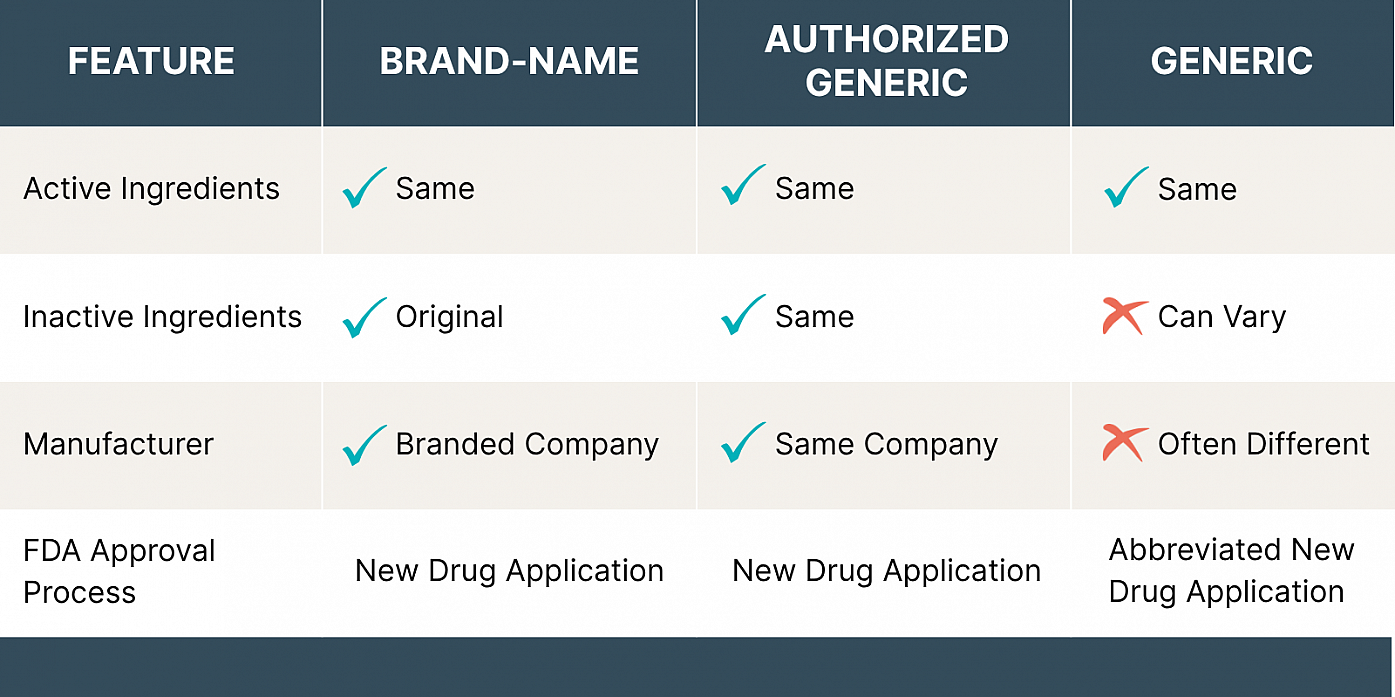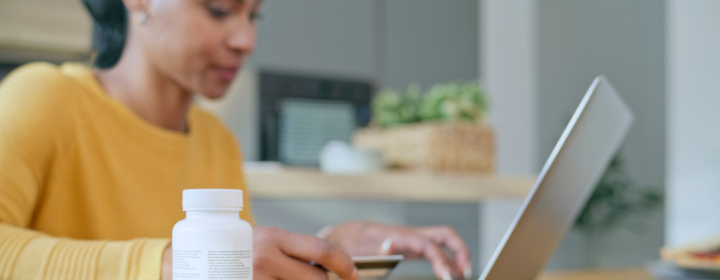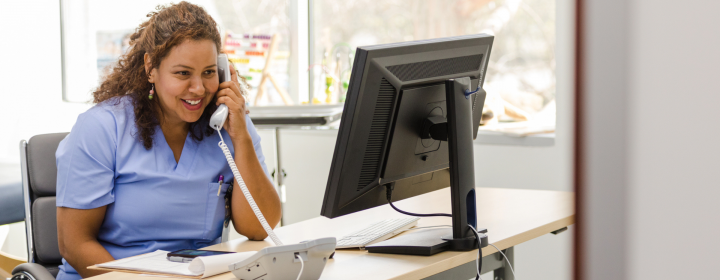
When it comes to prescription medications, most are familiar with two main categories: brand-name and generic. But there’s a lesser-known type of “generic” that blurs the line between the two: authorized generics.
Authorized generics might sound like a budget-friendly choice, and in some cases, they are. But the reality is more complex, and savings aren’t always guaranteed.
Let’s explore what authorized generics are, how they differ from traditional generics, and what they could mean for the cost-effectiveness of your formulary.
Understanding the Basics: Brand, Generic and Authorized Generic Medications
To understand authorized generics, it is helpful to look at how brand-name and generic medications are developed and approved.
- Brand-name medications go through a rigorous process, including clinical trials, FDA approval, and years of patent protection (typically 20 years).
- Generic medications enter the market after brand-name patents expire. They are produced by multiple manufacturers, contain the same active ingredient, and must demonstrate bioequivalence, although their inactive ingredients may differ. The FDA approves generics through an expedited review process.
- Authorized generics are made by the same manufacturer as the brand-name medication, using the same active and inactive ingredients – often in the same facilities. They’re identical in formulation but sold without the brand-name label.
Think of an authorized generic medication like your favorite cereal in a plain box— same ingredients, same quality, just without the brand-name markup.
Here’s a quick comparison:

Real-World Example: Brand-Name vs. Authorized Generic
Let’s say you have an employee that uses a brand-name asthma inhaler. The authorized generic version would contain the exact same ingredients. The only real difference is the packaging and the price.
For example:
- The brand-name inhaler might have a cash price of around $5,000 per year,
- While its authorized generic version could be priced at approximately $2,500 per year – which appears to offer significant savings.
- However, after a 60–70% manufacture rebate on the brand, the net cost may drop to $1,700, making it cheaper than the authorized generic.
So, even though the authorized generic appears cheaper at first glance, it wasn’t the better deal once manufacturer rebates were applied.
When Are Authorized Generics Typically Used?
Authorized generics are most commonly launched when the first generic enters the market to compete during the 180-day exclusivity period, but they can also be introduced later as a strategic response to increased competition or pricing pressures.
How Should Employers Approach Authorized Generic Coverage?
Payers and plan sponsors should work with a PBM that evaluates the total pharmacy cost before deciding whether to prefer an authorized generic or brand medication on formularies as pricing can vary based on how a PBM structures the formulary and reimbursement.
A transparent PBM will provide clear, straightforward pricing. If your PBM is using spread pricing, they are marking up drug prices – learn more about navigating price transparency.
Key Takeaways
- Authorized generics offer the same formulation and manufacturer as brand-name drugs—minus the brand-name packaging.
- Authorized generics may appear cheaper; however, cost is dependent on plan design and should be carefully analyzed.
- Transparent PBM partnerships are key to smarter formulary decisions and to ensure you’re not overpaying.
Experience the Health Strategists Difference
Connect with a True Rx Health Strategist to explore your formulary strategy and how we can help transform your pharmacy benefits.








